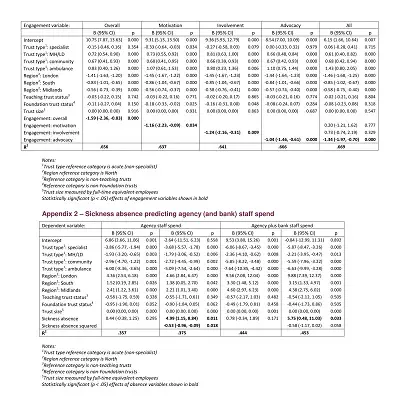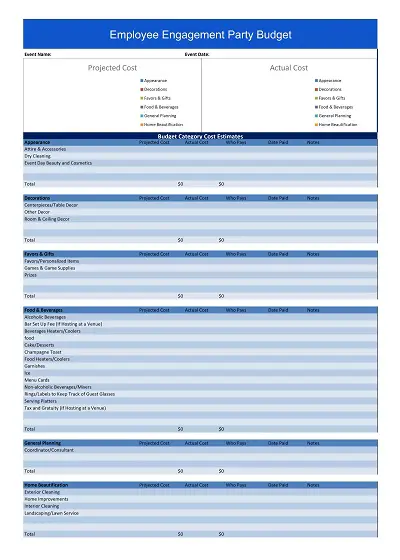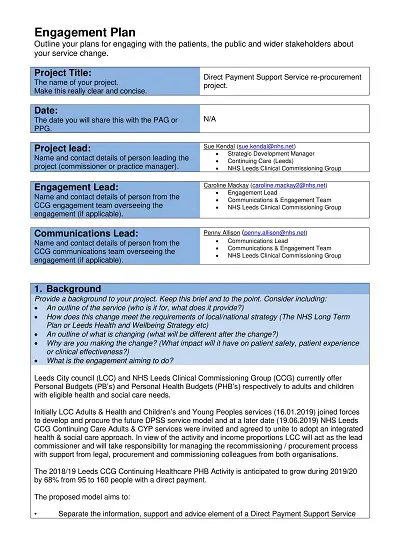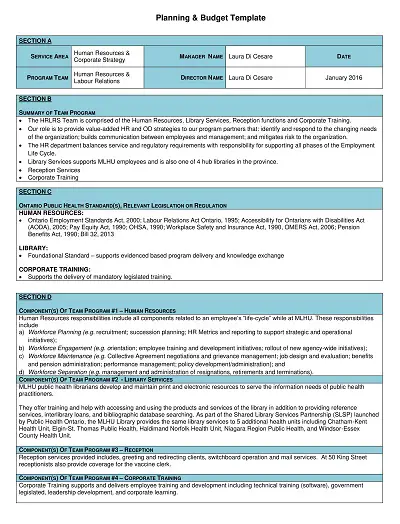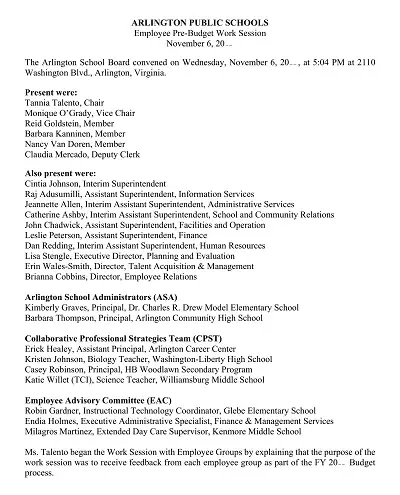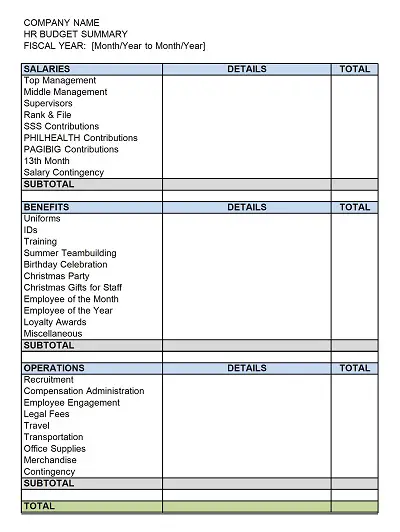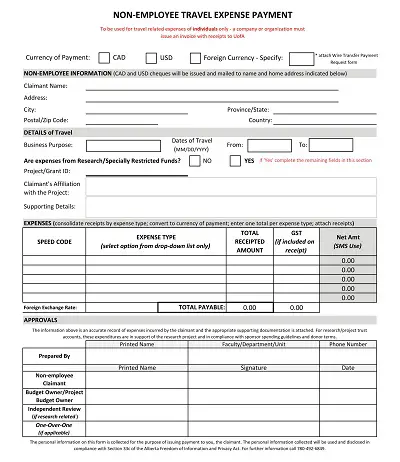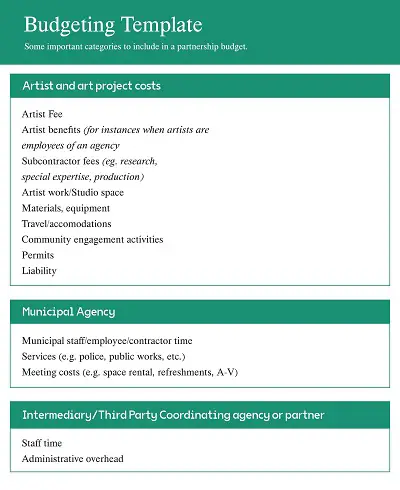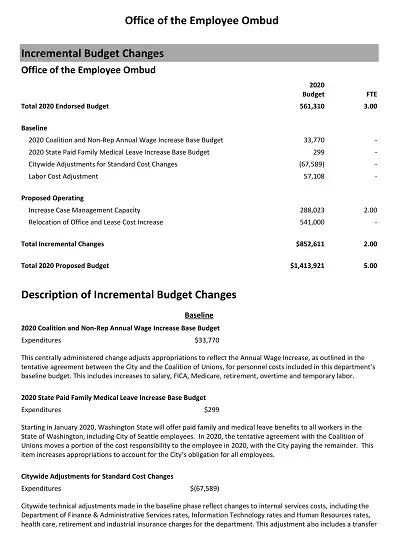15+ Free Employee Engagement Budget Templates (MS Excel, PDF)
Managing your company’s employee engagement can be challenging, especially when it comes to budgeting for it. That’s where an employee engagement budget template comes in handy. This tool can be customized to fit your organization’s unique needs, allowing you to allocate resources effectively and promote engagement among your workforce.
Table of Contents
By utilizing a budget template, you can also track expenditures and measure the impact of engagement initiatives. Investing in your employees can lead to increased productivity, job satisfaction, and retention rates. Make sure to use a comprehensive employee engagement budget template to optimize your organization’s resources and ultimately promote a more engaged and motivated workforce.
Download Free Employee Engagement Budget Templates
Importance of Allocating a Budget for Employee Engagement
Employee engagement plays a crucial role in the success of any organization. It is no longer just a buzzword but rather a key driver of growth and productivity. However, ensuring high levels of employee engagement is not an easy task. Allocating a budget for employee engagement can help organizations achieve this goal. The budget can be used to create programs and initiatives such as team building, training and development, employee recognition, and perks and benefits.
These initiatives can effectively motivate employees to stay engaged and committed to their work, which will ultimately lead to an increase in productivity and a positive impact on the bottom line. It is important for organizations to recognize the significance of employee engagement and invest in it accordingly. A budget for employee engagement should be viewed as an investment in the organization’s future success.
Employee Engagement Budget: Investment vs. Cost
When it comes to employee engagement, companies often view it as a cost rather than an investment. However, investing in employee engagement can actually lead to long-term cost savings for a business. Engaged employees are more productive, experience less turnover, and are more likely to stay with the company for the long haul.
By investing in employee engagement initiatives, companies can create a culture where employees feel valued, supported, and motivated to do their best work. It’s time to shift the perspective on employee engagement from a cost to a valuable investment in the success and growth of a business.
Determining the Size of the Employee Engagement Budget
In today’s competitive job market, it’s more important than ever to ensure that your employees are engaged and satisfied with their work. However, determining the size of the employee engagement budget can be a tricky task. It’s important to consider the unique needs of your company and its employees, as well as the resources available for investing in engagement initiatives.
In order to effectively allocate your budget, it may be helpful to conduct surveys and gather feedback from your employees to better understand what measures will have the greatest impact. By investing in the engagement of your workforce, you’ll not only improve employee satisfaction and retention but also boost productivity and profitability.
How to Create an Employee Engagement Budget Template
The importance of employee engagement cannot be overemphasized. It is the key to achieving the desired level of productivity, which goes a long way to impact the bottom line positively. Therefore, creating an employee engagement budget template should be a top priority for every organization. The benefit of doing this is twofold.
First, it provides a tangible way to measure the effectiveness of employee engagement initiatives over time, and second, it ensures that every engagement project runs within budget. Here’s how to create an employee engagement budget template that will help your organization achieve its engagement goals.
Determine Your Engagement Goals
Before creating an employee engagement budget template, it is essential to determine your engagement goals. It involves identifying what you want to achieve with employee engagement, which will serve as a guide to determine the resources needed to achieve them. Your goals may include improving employee satisfaction, increasing productivity, and reducing turnover rate, among others. When you have your engagement goals in mind, it will be easier to create a budget that aligns with them.
Identify Engagement Projects
The next step in creating your employee engagement budget template is identifying the engagement projects that align with your engagement goals. It involves breaking down each engagement project into actionable steps and estimating the cost of each step. Some engagement projects may include team-building events, leadership development programs, training and development, and recognition programs, among others. Assign each project a priority level based on its importance to achieving your engagement goals.
Determine Project Budgets
After identifying each engagement project and estimating the cost of each step, the next step is to determine the budget for each project. When doing this, consider the following previous engagement project costs, the cost of materials needed for each project, the cost of labor or man-hours required, and any other incidental costs. Be sure to include wiggle room for unforeseen expenses during project execution. It is also essential to prioritize projects based on their importance to achieving your engagement goals.
Track Budget Performance
The next step in creating an employee engagement budget template is tracking budget performance. After setting your budget, it is essential to monitor the budget to ensure that everything is running within the allocated budget. This involves reviewing the budget regularly, keeping track of expenses incurred versus budgeted expenses, and making necessary changes to the budget when deviations are observed.
Review and Adjust
The final step is to review and adjust your employee engagement budget template quarterly or annually, depending on the frequency of your engagement projects. This involves evaluating project cost against your desired engagement goals, reporting successes, and areas for improvement, and adjusting budgets for the upcoming period to align with the desired engagement goals.


